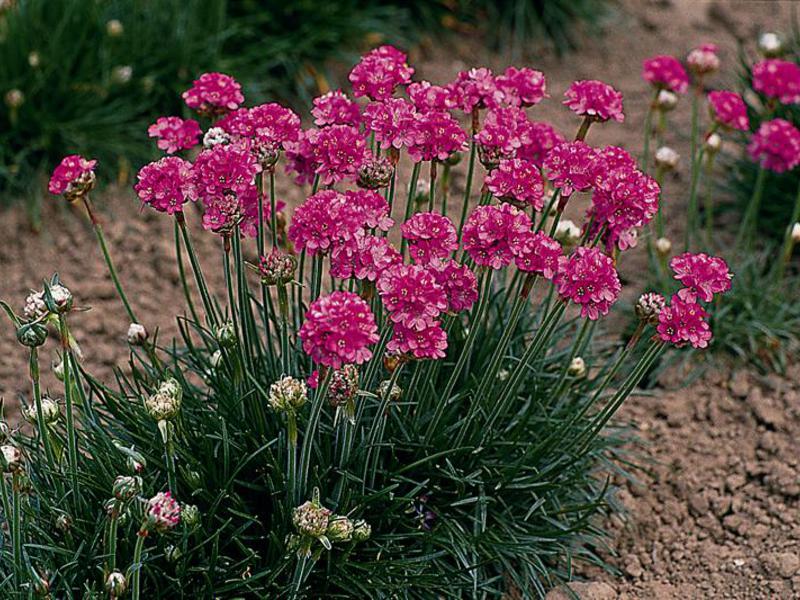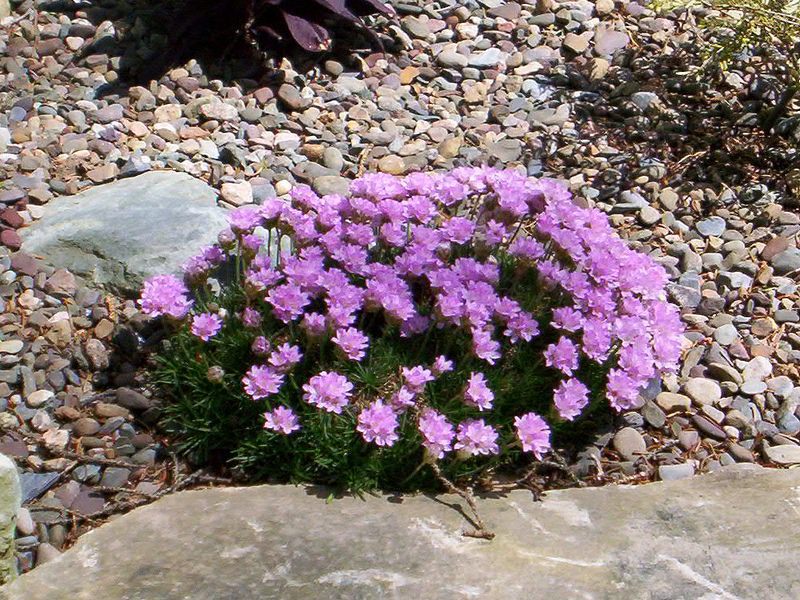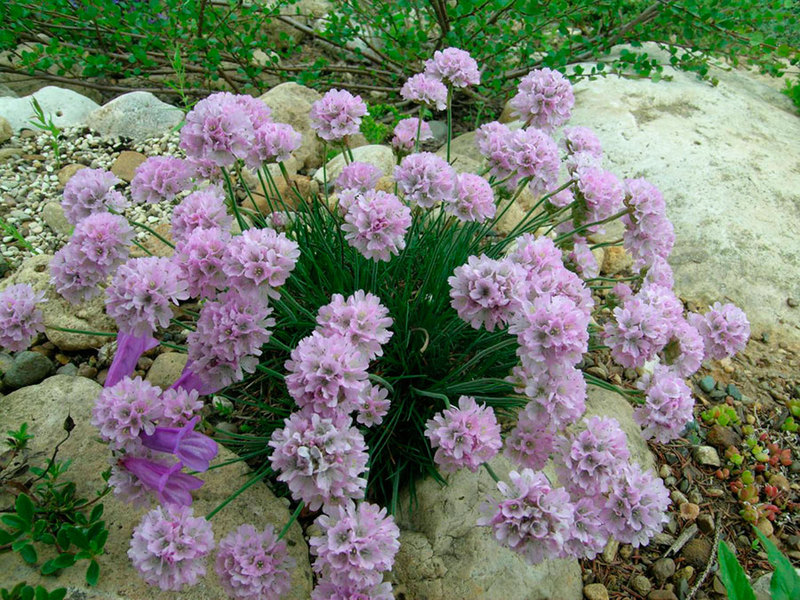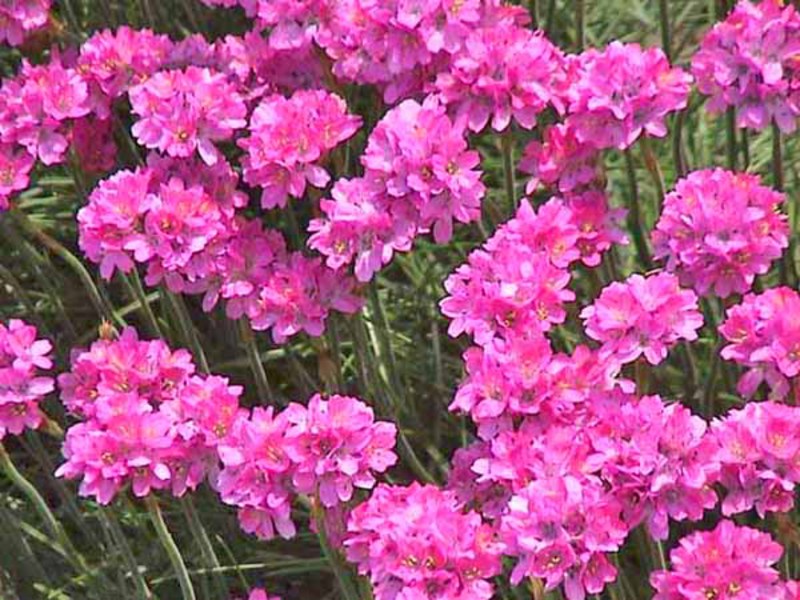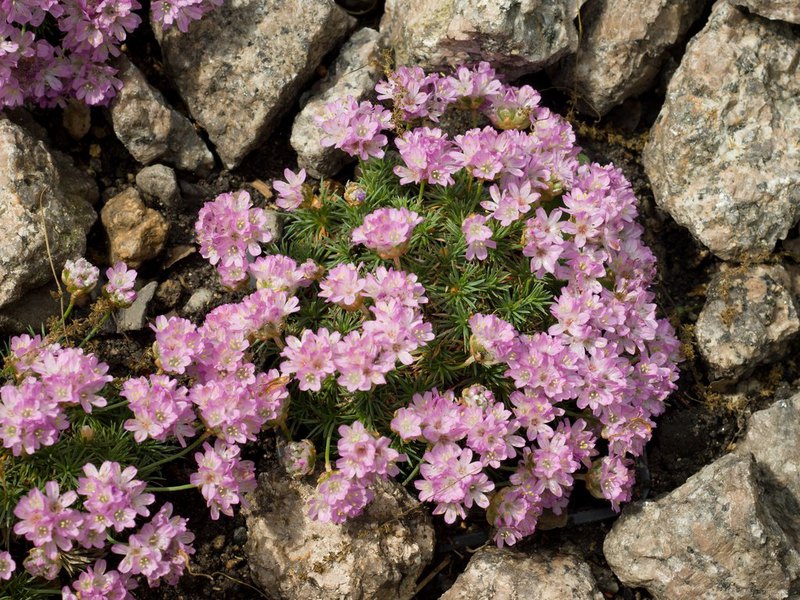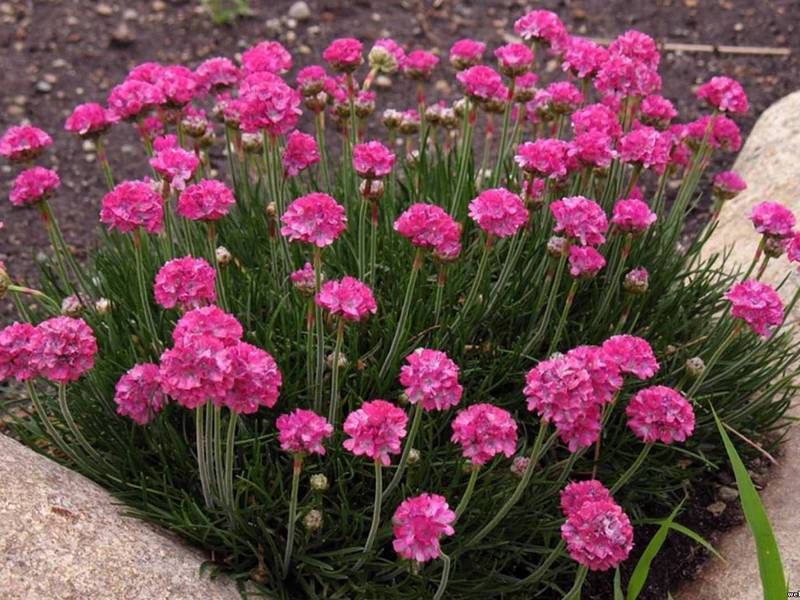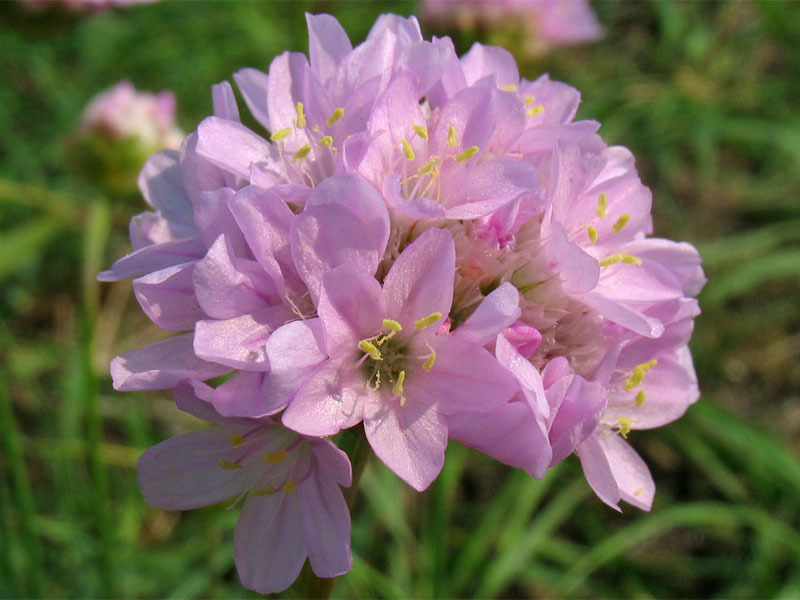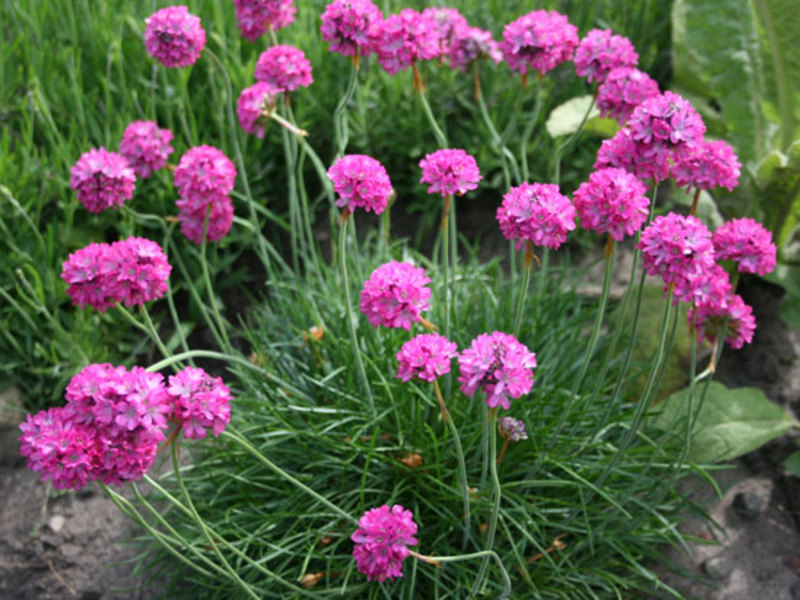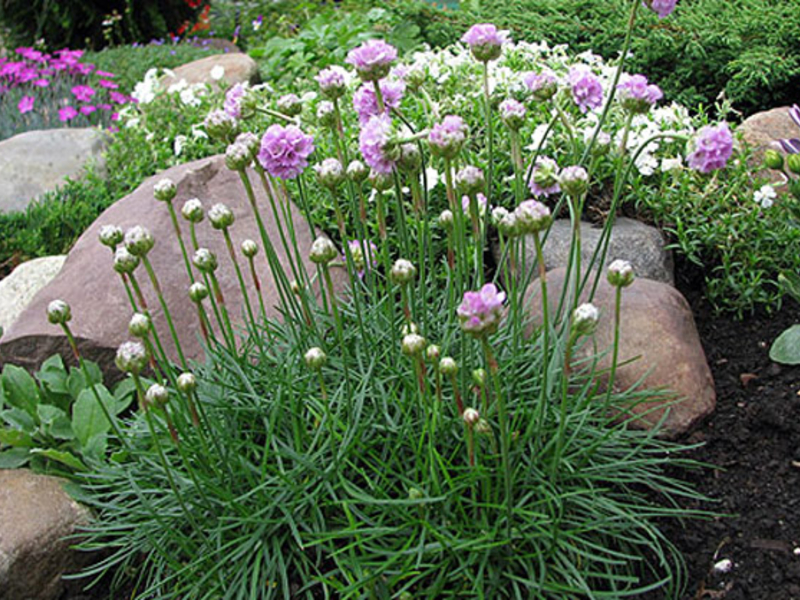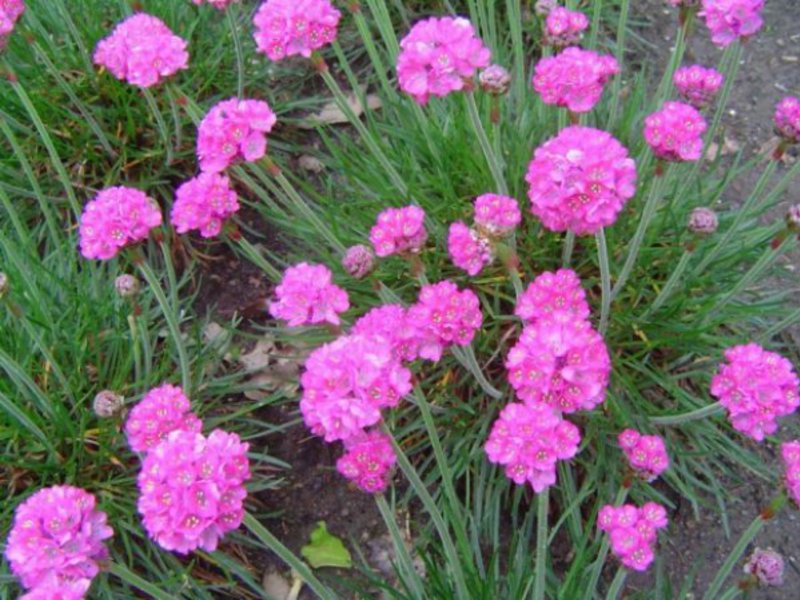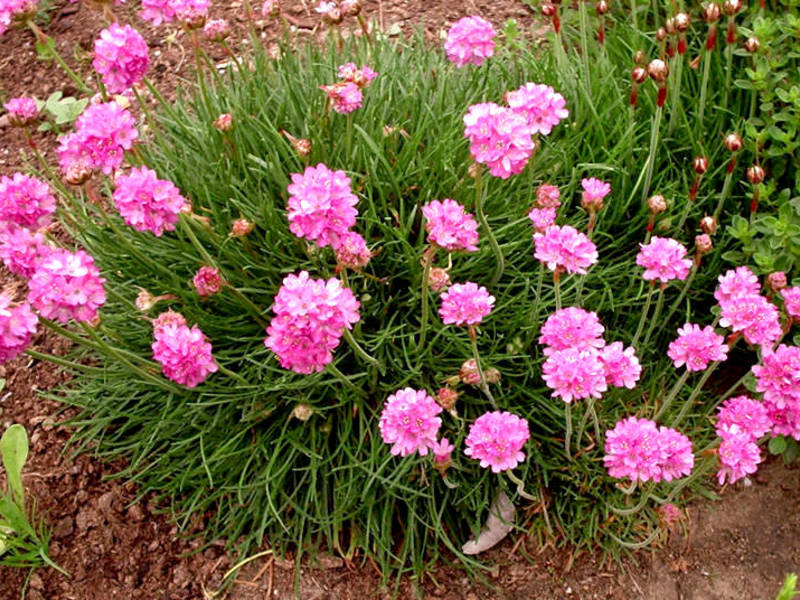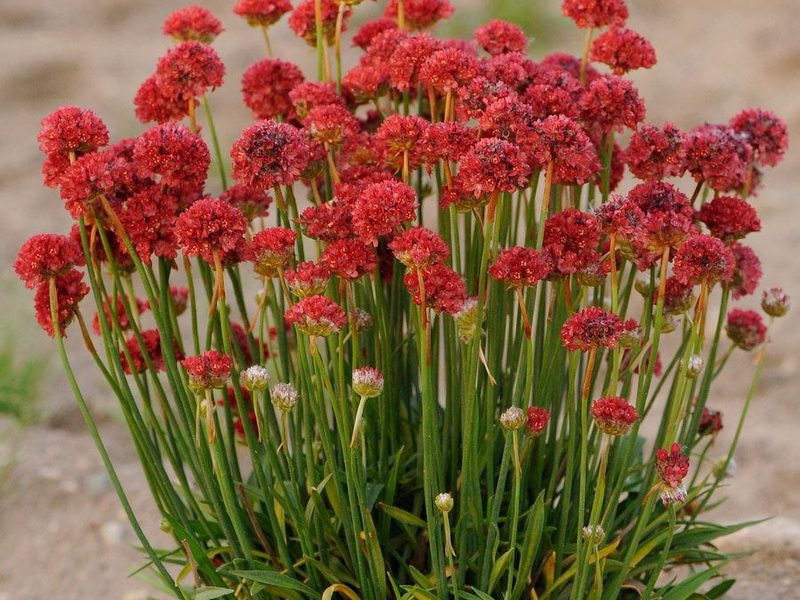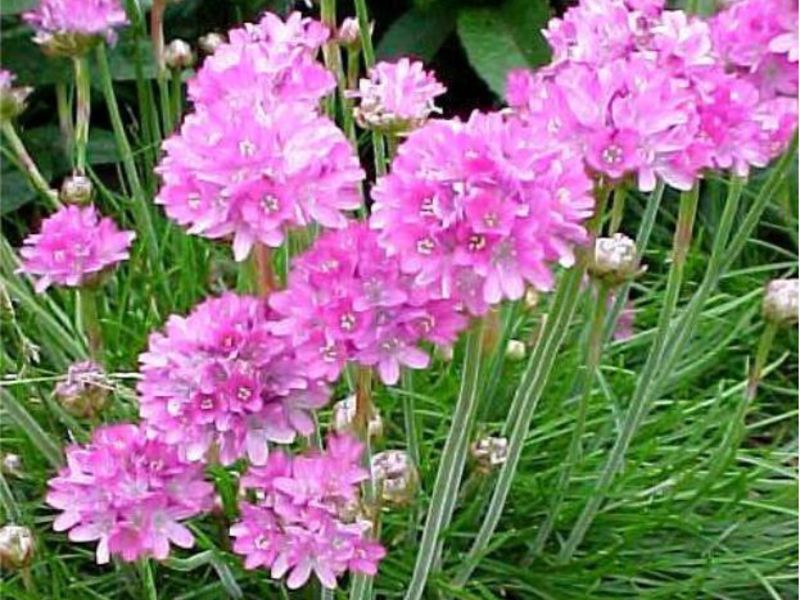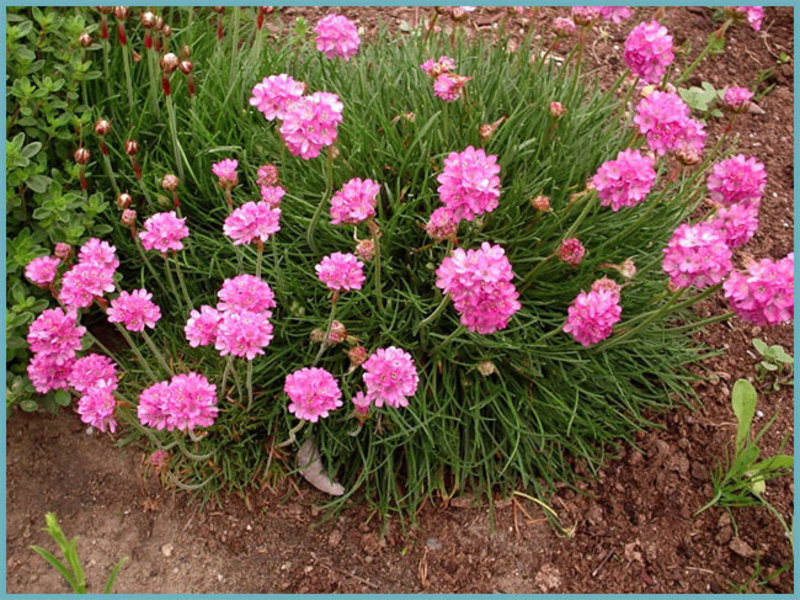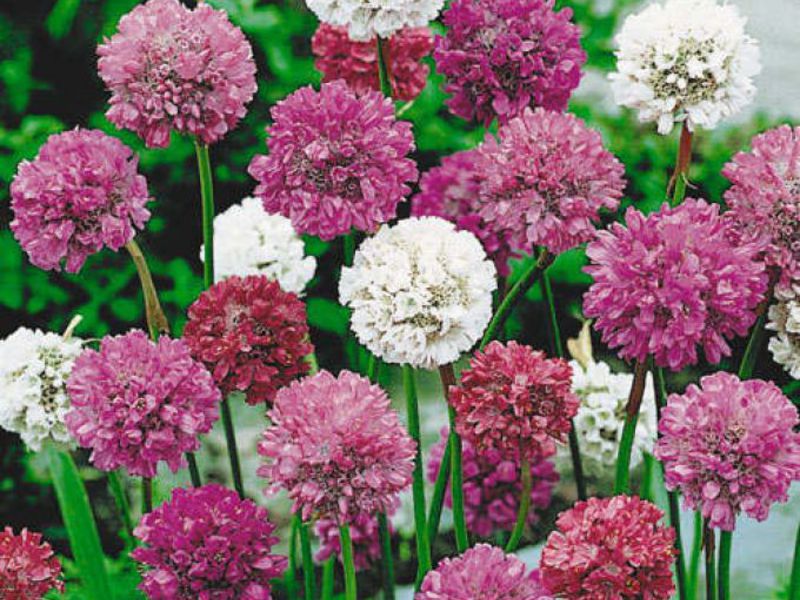To decorate his personal plot or summer cottage, each owner tries to use beautiful and preferably unpretentious flowers, perennials are especially popular. It is to such plants that Armeria belongs. This small flower can often be found in plots, it rises above other greenery due to its tall and leafless peduncle. And how to plant and care for Armeria, and will be discussed in this article.
Content
Large selection of varieties
Armeria has been cultivated for quite some time, and during this time, breeders developed many varieties... Despite its general similarity, both in appearance and in characteristics, each variety has its own differences. Let's list the most popular varieties:
- Alpine is the most common type of flower. The height of the bush reaches 30 centimeters. Light pink flowers bloom from June to late summer;
- Velchiva is a taller flower that will give you beauty longer and more abundant than all other varieties. But such a variety has one feature, in order for it to grow well, a large amount of calcium must be present in the soil;
- Primorskaya is also a widespread variety. The height of the bush reaches 20 centimeters. The flowers of Primorskaya Armeria themselves can be lilac-pink, dark red and other shades. This plant has some of the longest flowering times. Primorskaya Armeria will delight you with its flowers for 70 days;
- Soddy is the most demanding variety for planting and care. This Armeria is more sensitive to frost and direct sunlight. But at the same time, its flowers of pink and red are considered the most beautiful among specialists.
There are several dozen more varieties of Armeria, each has its own characteristics... You can drop several options at once in order to choose the one that suits you the most.
Choosing the place and time of boarding
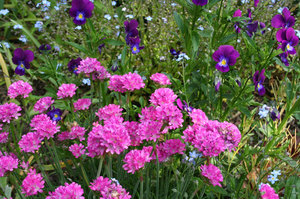 Armeria, a photo of which can often be found on the Internet, is quite easy to grow, the main thing is for sure follow the recommendations from experts... First of all, such tips relate to the choice of the place and time of planting the plant.
Armeria, a photo of which can often be found on the Internet, is quite easy to grow, the main thing is for sure follow the recommendations from experts... First of all, such tips relate to the choice of the place and time of planting the plant.
Armeria in the wild grows mainly near water, but at the same time does not like its stagnation. Therefore, when choosing a place, it is better to pay attention to slopes or hills. In this case, one must take into account another feature of this plant - poor tolerance to exposure to direct sunlight. It is best to plant Armeria in partial shade so that there is enough sun, but without direct ultraviolet radiation.
If we talk about the quality of the soil, then the flower is picky. The plant grows well on infertile, and even rocky ground. That is why landscape designers often use Armeria to decorate alpine slides. It is important that the soil is slightly acidic. To find out this parameter, you can use a special set that is sold in any store for gardeners and gardeners.
If you want a powerful and beautiful plant, you still have to take care of the quality of the soil... The best option for growing Armeria would be the following composition:
- Two pieces of sod land;
- Two pieces of sandy soil;
- To loosen it, add sawdust, chopped straw or hay, rotted needles.
The last component, in addition to increasing the physical characteristics of the soil, will add natural fertilizers to it.
Reproduction
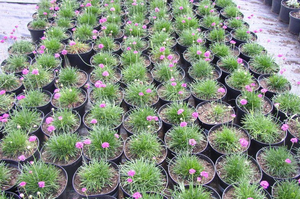 Armeria is a perennial plant. Having landed it once, you will enjoy flowers every year. But if you want to propagate a flower, then this can be done in three ways:
Armeria is a perennial plant. Having landed it once, you will enjoy flowers every year. But if you want to propagate a flower, then this can be done in three ways:
- With the help of seeds;
- By cuttings;
- By dividing an adult plant.
All three methods are equally effectiveif you follow all the rules. So, when using the first method, seeds can be sown both directly into the ground, and the seedling method can be used. In the first case, sowing is done in early spring or winter. If you use seedlings, then you need to sow at the end of February or in March.
Before sowing, the seeds must be kept in the refrigerator for about a week. After that, the seed is placed in water for seven to eight hours. Do not sow too often. Armeria has excellent germination, so the seeds are planted one at a time in boxes or in plastic cups. In this case, the depth should not exceed half a centimeter.
Place the container in a warm place. The ideal temperature for seed germination is 15-20 degrees. After a few days, you can see the first shoots. After the appearance of real leaves, the seedlings can be planted in a permanent place, but it should take some time. cover with foil or glass.
Another common method of planting Armeria is cuttings. This method can be used throughout the warm season. For reproduction, root rosettes are taken, which are simply sprinkled with earth. Such cuttings germinate well, subject to warm weather. Therefore, in the cold period, it is better to cover the cuttings sprinkled with earth with a greenhouse or a simple glass jar.
Quite often, Armeria is propagated by dividing an adult plant. Three-year flowers are suitable for these purposes. In early spring or early autumn, the bush is simply dug up. Then it needs to be divided into several parts (usually 3-5). In this case, parts with intact roots are selected. Further, separated parts are instilled... Armeria takes root well, so the distance between the dug new bushes is no more than 20 centimeters.
Since the plant is perennial, then with any type of planting, you should not wait for flowers in the first year. As a rule, Armeria begins to bloom only in the second season. But, if the grafting or division of the bush was carried out in the spring, then by the end of the first summer you can wait for a small number of flowers.
Plant care
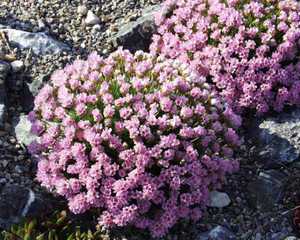 Armeria is a picky plant and is easy to care for. The flower can grow well even in infertile soil, but it will be rather weak. To get "rich" flowering, you need to make fertilizing with mineral fertilizers before it starts.
Armeria is a picky plant and is easy to care for. The flower can grow well even in infertile soil, but it will be rather weak. To get "rich" flowering, you need to make fertilizing with mineral fertilizers before it starts.
Plant easily tolerates dry periods... Therefore, frequent watering is not required. It is enough to periodically slightly moisten the soil. It should be remembered that Armeria does not tolerate stagnant moisture, and quickly dies.
If you haven't split the bush for five years, the plant may start to die out. Therefore, this procedure is carried out once every two to three years. If you don't need that many new bushes, then just cut off the unreliable parts and dig in the rest again. Thus, you can admire the beautiful bloom every year.
The flower tolerates winter easily. If snow falls in abundance, then no additional cover is required. If the winter turned out to be snowless, then it is better to cover the bushes with sawdust, grass or rotted needles. In the spring, this "blanket" will serve as additional feeding.
Another nuance of caring for Armeria is periodic pruning... After the end of active flowering, the peduncles must be cut off with a pruner. Firstly, it will allow the plant to bloom faster again during the season. Secondly, dry peduncles will not look aesthetically pleasing.
Armeria is practically not exposed to diseases and is resistant to pests. The most common problem is root rot. This process begins with excessive moisture. In this case, you can dig up the bush that has begun to die and, having cut off the affected part, transplant it to a new place.
Of the pests for a flower, aphids are dangerous. To avoid damage to these insects, it is necessary to carry out spring treatment with the help of special preparations. If the aphid appeared during the summer, then the treatment is carried out again.
Conclusion
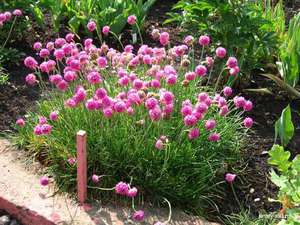 Armeria, a photo of which can be found in large numbers on the Internet, is a beautiful, perennial flower that is very popular with gardeners. The plant is not very demanding on the soil (it can be planted even on rocky ground), easily tolerates snowy winters and dry seasons. But she also has some "requirements" for her care.
Armeria, a photo of which can be found in large numbers on the Internet, is a beautiful, perennial flower that is very popular with gardeners. The plant is not very demanding on the soil (it can be planted even on rocky ground), easily tolerates snowy winters and dry seasons. But she also has some "requirements" for her care.
At first, water stagnation should not be allowedotherwise the roots will start to rot and the plant will disappear. Secondly, you need to avoid direct sunlight, but at the same time plant in a sunny place (you can in partial shade). If you fulfill such simple requirements, then Armeria will delight you with its beautiful flowers for almost the entire summer.
